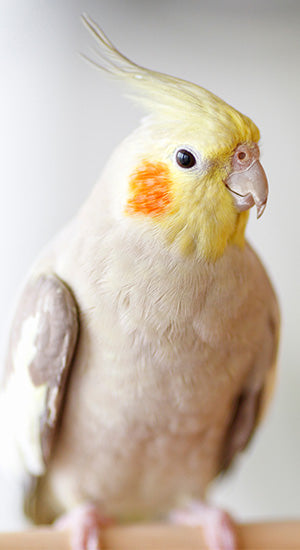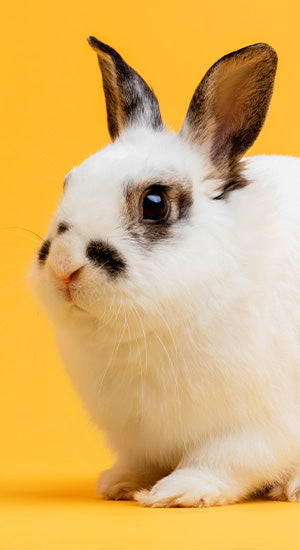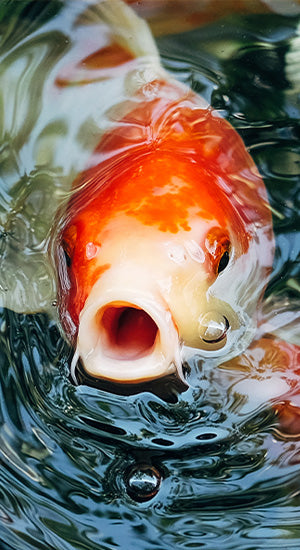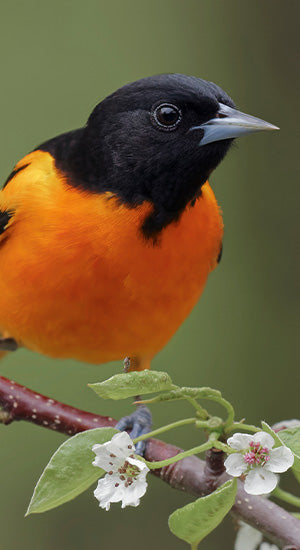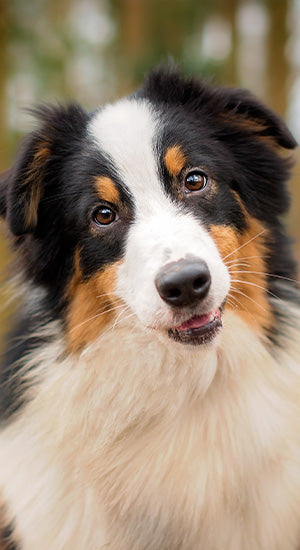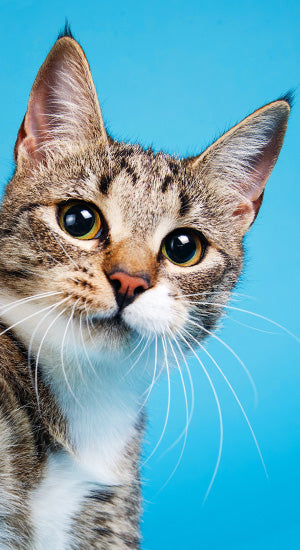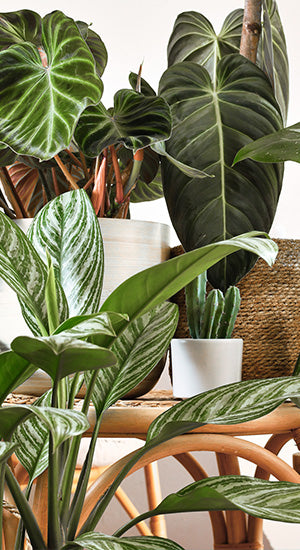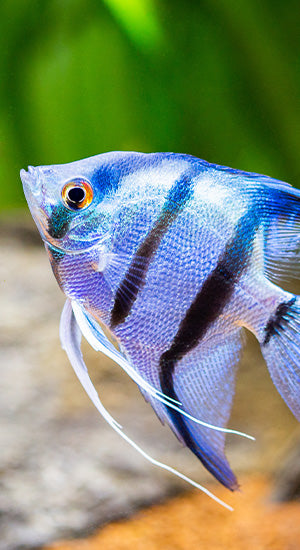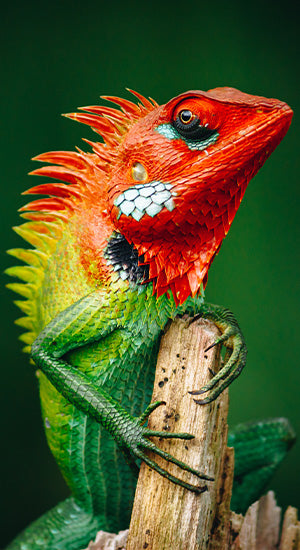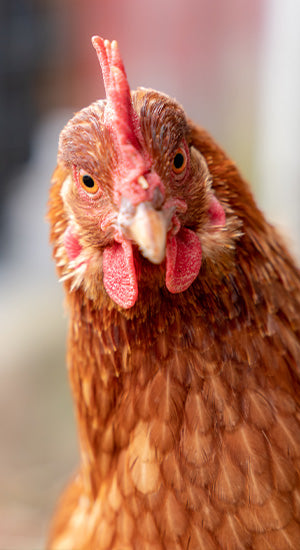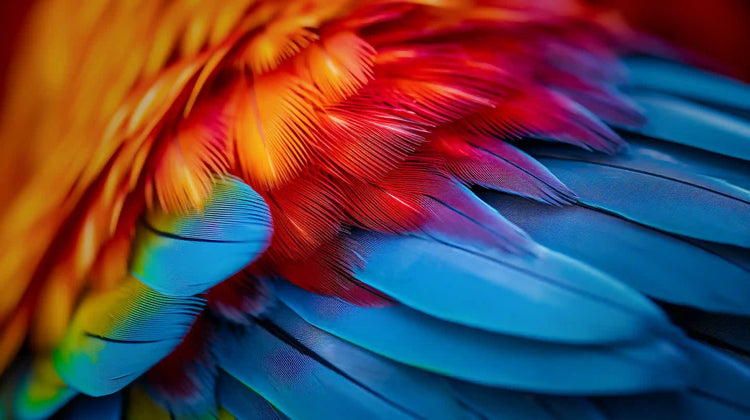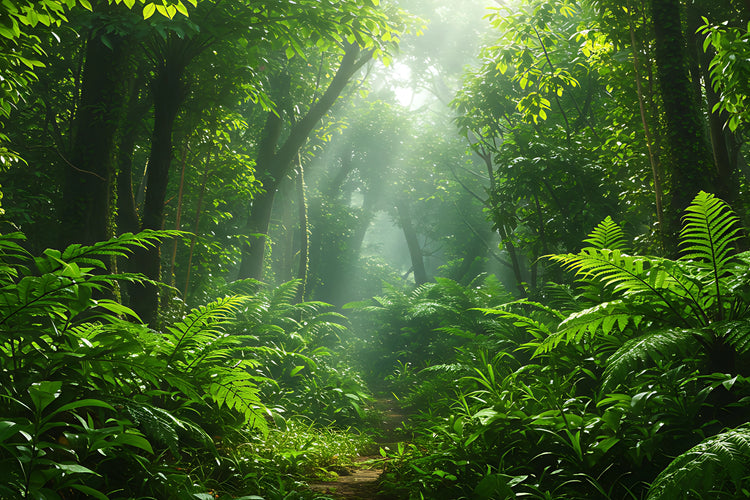
*Disclaimer: This list is a compilation of several different lists by various bird clubs, books, and magazines about plants that are non-toxic and safe for birds. Always use caution and common sense in your plant choices. Remember that birds have a delicate digestive system and that any quantity of any plant or fruit could make their bellies upset.*
Safe Plants
Unsafe Plants
- Acokanthera
- Air Plants
- Amanita
- Amaryllis
- American Bittersweet (Leaves & Berries)
- Andromeda
- Angel's Trumpet
- Apricot Pit
- Apple Seeds
- Arum Lily
- Autom Crocus / Meadow Saffron
- Australian Flame Tree
- Avocado
- Azalea
- Balsam Pear
- Baneberry
- Beans: Castor, Horse, Fava, Broad, Glory, Scarlet, Runner, Mescal, Roasy Pears, Precatory, Navy
- Belladonna
- Bird of Paradise
- Bishop's Weed
- Bittersweet
- Bitter Nightshade
- Black Laurel
- Black Locust
- Bleeding Heart / Dutchmans's Breeches
- Bloodroot
- Bluebonnet
- Blue-Green Algae (Some Forms Toxic)
- Bonaberry (Sap)
- Boxwood
- Bracken Fern
- Broomcorn Grass
- Buckeye
- Buckthorn
- Bulb Flowers
- Burdock
- Buttercup
- Buttonbash (Leaves)
- Cacao
- Camel Bush
- Castor Bean (Castor Oil)
- Caladium
- Candelabra Tree
- Catharanthus
- Cardinal Flower
- Castern Bean
- Chalice / Trumpet Vine
- Cherry Tree
- Chinaberry Tree
- Chinese Evergreen
- Christmas Candle
- Christmas Rose
- Clematis / Virginia Bower
- Cocklebur
- Coffee (Senna)
- Coffee Bean
- Common Rhammus
- Common Tansy
- Coral Plant
- Coriander
- Corncockle
- Cotton Bush
- Coyotillo
- Cowslip
- Crinum Lily (Bulb)
- Crocus (Bulb)
- Crown of Thorns
- Culver's Root
- Cutleaf
- Cycad
- Daffodil (Bulb)
- Daphne
- Daphra
- Datura
- Deadly Amanita
- Death Camus
- Delphinium Devil's Ivy
- Devil's Walking Stick (Leaves & Berries)
- Dieffenbachia / Dumb Cane
- Dutchman's Breeches
- Dwarf Elder
- Eggplant
- Elderberry
- Elephant Ear / Taro
- English holly (Berries)
- English Ivy
- Ergot
- Eucalyptus (Particularly Dried, Dyed or Treated for Floral Arrangements)
- Euonymus / Spindle Tree
- European Burning Bush
- European Pennyroyal
- False Hellebore
- False Henbane
- Felt Plant (Maternity Plant, Air Plant, Panda Plant)
- Firethorn
- Flame Tree
- Flamingo Flower
- Flax
- Four o'clock
- Foxglove
- German Ivy
- Ghostweed
- Glottidium
- Golden Chain
- Grass: Johnson, Sorghum, Sudan, Broomcorn
- Ground Cherry
- Ground Ivy
- Hraths
- Heliotrope
- Hemlock: Poison, Water
- Henbane
- Holly
- Honeysuckle
- Horse Bean
- Horse Chestnut (Buckeye)
- Horse Nettle
- Horsetail
- Hyacinth Bulb (Asparagaceae)
- Hydrangea
- Impatiens
- Indian Licorice
- Indian Turnip (Jack-in-the-Pulpit)
- Iris / Blue Flag
|
- Ivy: English, Other Varieties
- Java Bean (Lima Bean)
- Jasmine
- Jerusalem Cherry
- Jimsonweed (Thornapple)
- Johnson Grass
- Jonquil
- Juniper (J. Virginiana)
- Kalmia (Heath)
- Kentucky Coffee Tree
- Laburnum
- Lady Slipper Orchid (Hairy Stems & Leaves)
- Lantana
- Larkspur
- Laurel
- Leucotho (Heath)
- Lilly of the Valley
- Lilly / Arum
- Lima Bean
- Lobelia
- Locoweed / Milk Vetch
- Lord & Ladies . Cuckoopint
- Lupine
- Malanga
- Mandrake
- Marijuana (Hemp)
- Maternity Plant
- Mayapple
- Meadow Saffron
- Mescal Bean
- Mexican Bredfruit
- Mexican Poppy
- Milk Vetch
- Milkweed / Cotton Bush
- Mistletoe
- Mock Orange
- Monkshood
- Moonseed
- Morning Glory
- Mountain Laurel
- Mushrooms
- Narcissus
- Navy Bean
- Nettle
- Night-Blooming Jasmine (Shoots)
- Nightshades (All Types)
- Oak
- Oleander
- Ornamental Asparagus
- Pachypodium
- Panda Plant
- Parsley
- Pasque Flower
- Peach Pit
- Peires
- Pencil Tree
- Peony
- Periwinkle
- Peyote
- Philodendron
- Pigweed
- Pikeweed
- Plumpit
- Poinciana
- Poinsettia
- Poison Hemlock
- Poison Ivy
- Poison Oak: Western / Eastern
- Poison Sumac
- Pokeweed
- Poppy
- Potato Shoots & Skin
- Pothos
- Precatory (Bean)
- Primrose
- Primula
- Privet
- Pyracantha
- Ragwort
- Rain Tree
- Ranunculus (Buttercup)
- Rape
- Rattlebox (Crotalaria)
- Rattlebush
- Red Maple
- Rhododendrons
- Rhubarb
- Rosary Peas
- Rubber Plant (Milky Sap)
- Sage
- Sago Cycas
- Sandbox Tree
- Scarlet Runner
- Scheffera
- Shamrock Plant
- Skunk Cabbage
- Snowdrop
- Snow on the Mountain (Ghostweed)
- Sorghum Grass
- Sorrel (Dock)
- Sour Dock
- Spindle Tree
- Spurges: Pencil Tree, Snow on the Mountain, Candelabra Tree, Crown of Thorns
- Star of Bethlehem
- St. Johnswort
- Sudan Grass
- Sweet Pea
- Tansy Ragwort
- Thornapple
- Tobacco
- Tree of Heaven (Leaves & Flowers)
- Tulip (Bulb)
- Vetch: Hairy and Common
- Virginia Bower
- Virginia Creeper
- Water Hemlock
- Wattle
- White Cedar / China Berry
- White Snakeroot
- Wisteria
- Yam Bean
- Yews (American, English, Japanese)
- Yellow Jasmine
|
by Mark Koenig
Use left/right arrows to navigate the slideshow or swipe left/right if using a mobile device


